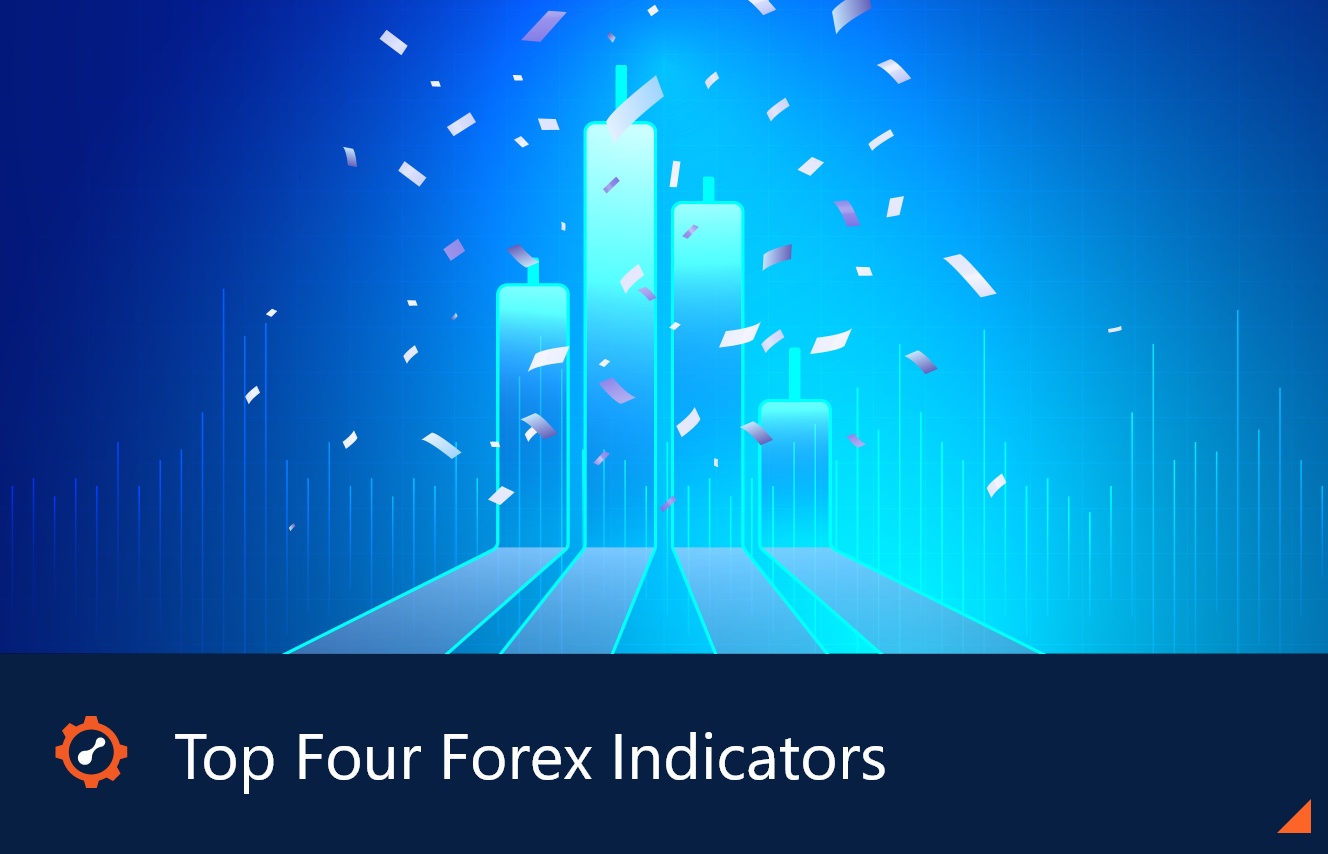Top Four Forex Indicators
Forex indicators are an integral part of trading in the forex market. Numerous forex traders work with these forex indicators every day, which helps them forecast when best they can sell or buy in the forex market.
Ideally, trend-following in forex is among the most common method for traders to position themselves in the forex markets. Unfortunately, traders are prone to overcomplicate things when they begin their journey in the forex market. They often feel that an intricate trading strategy with numerous moving parts must be better than keeping things simple.
MT2 Forex trend indicators are categorized into four key categories: forex trend indicators, forex momentum indicators, forex volatility indicators, and forex volume indicators. In keeping with the fact that simplicity is critical, it’s essential to become familiar with the top four forex indicators to recognize exit and entry points.
Moving Average
This is among the best forex indicators for any strategy since it makes it easier for traders to locate trading opportunities in the overall trend. When the forex market is steadily trending up, you can work with the multiple moving averages to recognize the particular trend and the best time to sell or buy. If the price is trading relatively above the moving average, buyers are controlling the price.
On the flip side, sellers maintain the price if it is trading below the moving average. Recognizing trade opportunities with moving averages lets you see a trade-off of momentum by entering when the currency pair proceeds to the direction of the moving average and exiting when it begins to move in the opposite direction.
Relative Strength Index (RSI)
RSI is an oscillator that is straightforward and helpful in its application and is most suitable for the traders who wish to know to ‘buy low and sell high.’ Moreover, this forex indicator can be employed equally in ranging and trending markets to fund better entry and exit prices. When markets have no distinct direction and one ranging, you can buy or sell signals.
When markets are steadily trending, it inclines to be more apparent which direction to trade, which is one advantage of trend trading. You exclusively want to enter in the particular direction of the trend when the indicator is recuperating from extremes. A single line scaled from 0-100 recognizes oversold and overbought conditions in the market.
Readings that exceed 70 signify an overbought market, and readings below 30 an oversold market. The key objective of this forex indicator is to measure the speed and change of price movements to find which direction has more strength. Essentially, it is an indicator that can be used within any timeframe.
Moving Average Convergence Divergence Indicator
Moving Average Convergence and Divergence is among the most used forex indicators whose crucial role is to calculate price divergence. The standard divergence with MACD and price signifies a market reversal, while their hidden divergence signifies a market continuation.
You can work with this forex indicator to locate a possible continuation point or a market reversal on the other side of the coin. Hence, you can enter the trade per a trading strategy depending on other MT2 forex trading indicators. Keep in mind that oscillators, in technical analysis, commonly measure variables like volatility and momentum. Still, MACD is a very versatile trend indicator.
At times regarded as the king of oscillators, the MACD can be used in a good way in ranging and trending markets because of its use of moving averages that visually display changes in momentum.
Slow Stochastics
The Slow Stochastic Oscillator is another momentum forex indicator that indicates where the price is relative to the low and high range of a certain number of periods or bars. The unique underlying concept of the indicator is that momentum changes first before price turns. Similar to the RSI, the Slow Stochastics is an exceptional oscillator that can assist you in finding overbought or oversold environments, possibly making a reversal in price.
The most outstanding aspect of the trading with the stochastic indicator to signal our entry is the two lines recognized as %D and %K line. Since the oscillator has similar oversold or overbought readings, you should look for the %K to intersect above the %D line via the 20 levels to recognize a solid buy signal in the direction of the trend.
Slow Stochastic can significantly help you in picking an entry point and get into a trend at the very start. When the stochastic lines exceed 80, the market is overbought, and a downtrend will likely come next. When the stochastic lines are below 20, it signifies that the market is oversold, and an uptrend is most likely to come up next.
Final Thoughts
Forex indicators are crucial tools for any trader since they can gauge the trade entry market direction and make you more confident to continue trading.
When you begin your forex trading adventure, the listed top four forex trading indicators will easily recognize trading opportunities that you can take advantage of. Immediately you are conversant with how to work with Moving Average, RSI, MACD, and the Slow Stochastic; you will be ready to execute your forex trading plan successfully.
